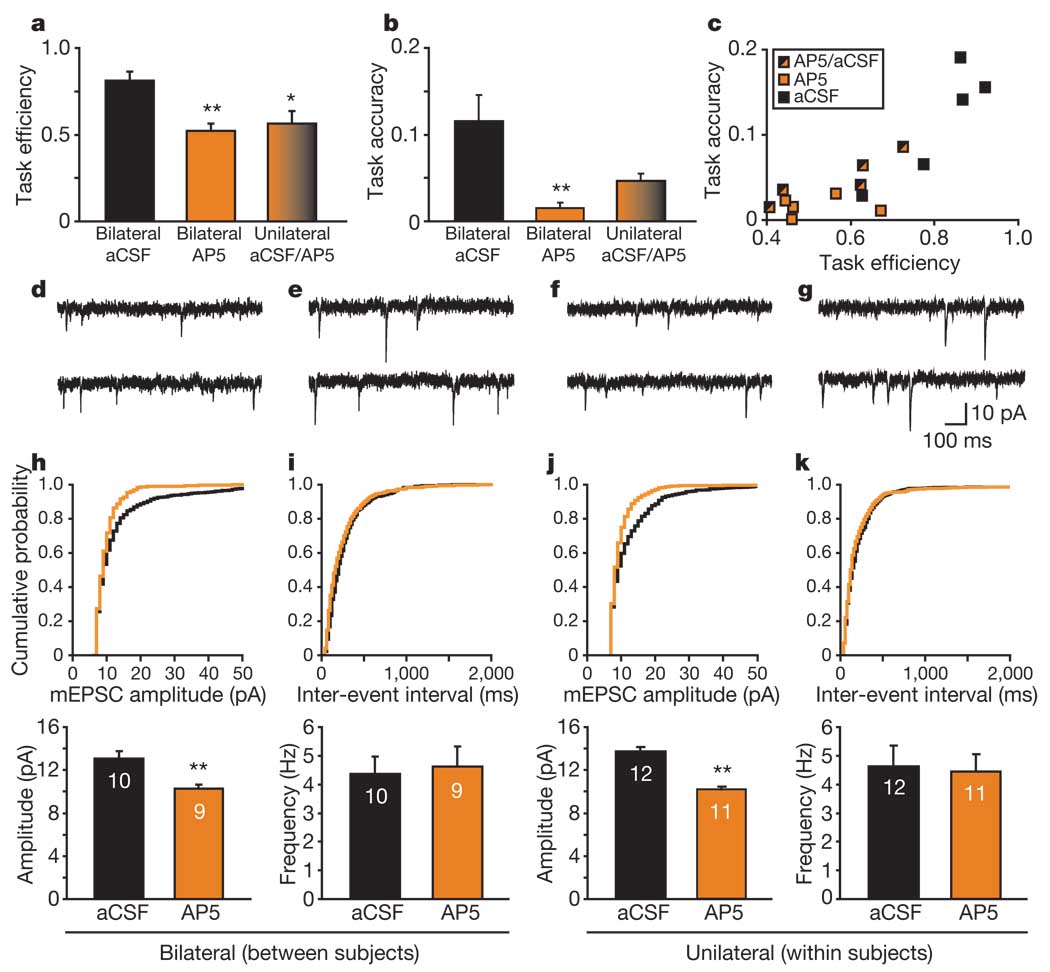Figure 4. Local NMDAR blockade attenuates reward-related learning and the associated increase in mEPSC amplitude.
a, b, Measures of task performance among groups (n = 5 rats per group). Task efficiency (a) is decreased after either unilateral or bilateral AP5 intra-LA infusion, whereas task accuracy (b) is decreased after bilateral AP5 (asterisk, P < 0.05, two asterisks, P < 0.009, compared with aCSF). No other comparisons were significant. Error bars indicate s.e.m. c, Individual rat performances based on task efficiency and task accuracy. d–g, Sample mEPSCs from rats that received pre-training infusions. d, e, Traces recorded from rats that received bilateral infusions of AP5 (d) and aCSF (e). f, g, Traces recorded from a representative rat that received unilateral intra-LA infusions of AP5 (f) and aCSF (g). h–k, Cumulative probability plots of amplitude (h, j) and frequency (i, k) for mEPSCs in representative cells from rats receiving bilateral infusions of AP5 (orange) or aCSF (black) (h, i) or unilateral infusions of AP5 and aCSF (j, k). Below each probability plot is the corresponding bar graph indicating the group mean and s.e.m. There is a difference in amplitude (h, j), but not in frequency (i, k) for both bilaterally infused (h) and unilaterally infused (j) rats; two asterisks, P < 0.001, compared with aCSF. Numbers in bars indicate numbers of cells.

